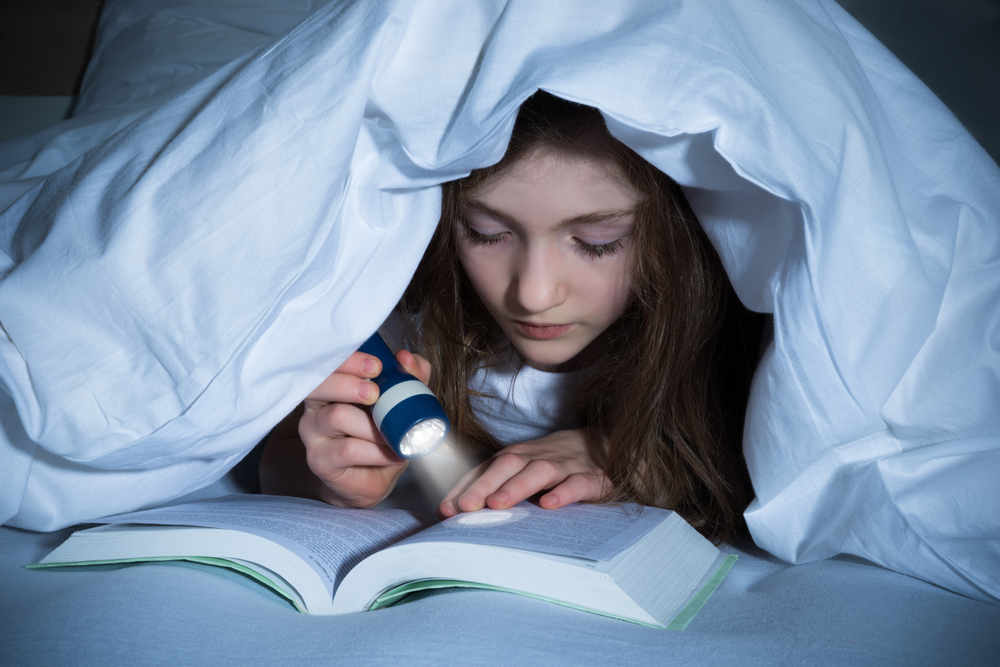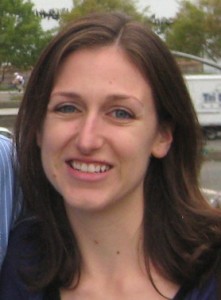
Let’s say you want to write about science for kids, and you want them to actually enjoy reading it—no one wants to sound like the adults from a Charlie Brown cartoon. For starters, the best way to write science for young people is to put yourself into the mindset of your readers. Then, let go of some common habits and misconceptions.
Science journalists often think writing for kids will be easier than for their usual audience, says Janet Raloff, editor of Science News for Students, a source of news and feature stories aimed at middle schoolers. “It’s not easier at all! It’s just different.”
Tell the Right Story
Kids like to read good stories, so a magazine piece needs to have a beginning, middle, and end. It shouldn’t be a list of facts that reads like an encyclopedia entry. Also, science stories for kids tend to be short. In Ask, a science magazine for kids ages 7 to 10, feature stories top out around 1,600 words. Avoid trying to cover too much for the space available, says Ask editor Liz Huyck. Another common mistake is pitching articles that just won’t be interesting for kids—maybe they’re too dark or political, or require too many levels of explanation.
That said, Huyck doesn’t think any topic is totally off limits. As long as you meet readers where they are, she says, “I think you can give kids entry into just about anything.”
Loree Griffin Burns has written five science books for kids, on topics ranging from the movements of ocean trash to disappearing honeybees. She agrees that even the most complicated topics can work for young readers, as long as you start at their level and lead them through the science. “If it’s something I’m super interested in and curious about myself, I tend to have the very same basic questions that my readers are going to have.” For a book she’s writing about DNA, she even took a course in x-ray crystallography so she could better explain it.
Get Your Sentences in Order
Raloff says radio is a good model for her writers to follow. The sentences are short and declarative, and often use visual language to paint a picture. They don’t have complex structures or strings of adjectives. To achieve this level of accessibility, Huyck suggests a rule of thumb for young readers: one idea per sentence.
And those sentences should build on each other to lead the reader through the story, Huyck says. The narrative might be chronological, or it might follow an idea—but no matter what, it should have a straightforward sequence.
But simplifying your language isn’t the same as (shudder) “dumbing it down.”
“When you dumb something down, you make it simplistic and superficial,” Raloff says. She tries never to sacrifice the subtleties of a story—what methods scientists used, or why they’re uncertain about their results. “If we’ve done our jobs right, it’s accessible to kids but it will not insult an adult to read it.”
Choose Words Wisely
Perhaps the most basic rule when writing science for kids is to avoid jargon. But there will be certain difficult words you can’t escape. If you’re trying to explain electricity, “There’s only one word for electron,” Huyck says. “If you try to get cute about it, you’re just getting more confusing.”
Whenever you can say something more simply, do. If the difficult word is really the best and only one, go ahead and use it—but give your readers the tools to understand it. “You want to introduce it, define it in place, and then use it again two or three times,” Huyck says. She tries to limit new words to a few per story, although she points out that kids enjoy learning big words.
Science News for Students includes a list of “power words” at the end of each article to reinforce vocabulary terms. But Raloff says she aims to also explain these terms in the context of the story. Kids shouldn’t have to bounce up and down between glossary and article while they’re reading, she says. “I think that would be cruel and unusual punishment.”
Don’t Forget Fun
Kids, like you, just want to read something interesting. They might enjoy learning what an electron is, but you still need to keep your readers with you until the last word. Setting up a mystery or puzzle at the start of your story can help you do that. And humor is a great tool that writers often neglect, Huyck says. She also tries to give kids “playground insider knowledge”—something cool or gross they can amaze their friends with.
Early in her research for a new book, Griffin Burns starts hunting for appealing tidbits of information: anecdotes, surprising turns of phrase by scientists, or anything else she knows kids will like. As she writes, she finds places to sprinkle these treats for readers.
Playgrounds and power words aside, though, writing about science for kids is like writing for any other audience. You still need to be accurate, Griffin Burns says; you still need to keep your reader turning pages. “I don’t think of myself primarily as a children’s writer,” she says. “I’m a writer.”

Elizabeth Preston is a freelance science writer in the Boston area. Previously, she was the editor of the children’s science magazine Muse. Her blog, Inkfish, is published by Discover. Follow her on Twitter @Inkfish.


